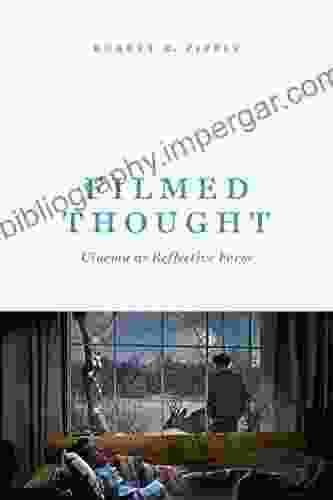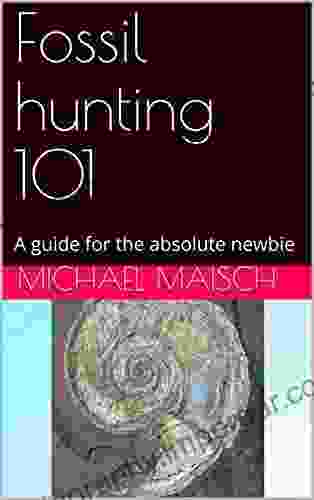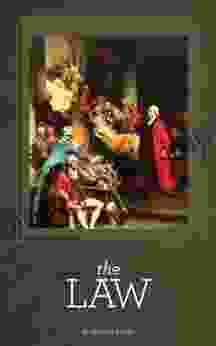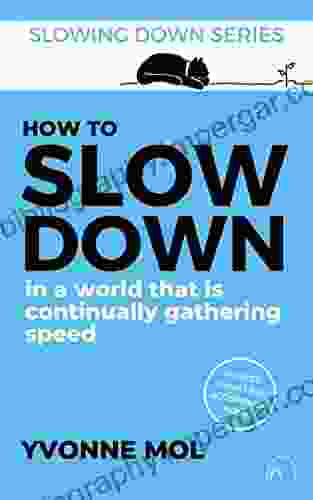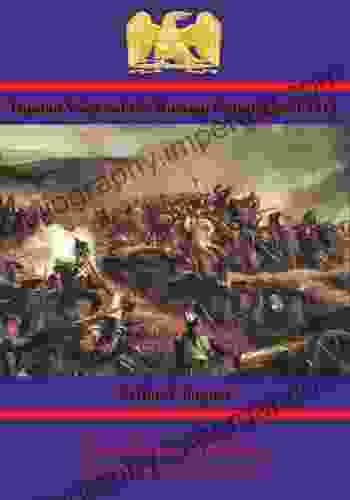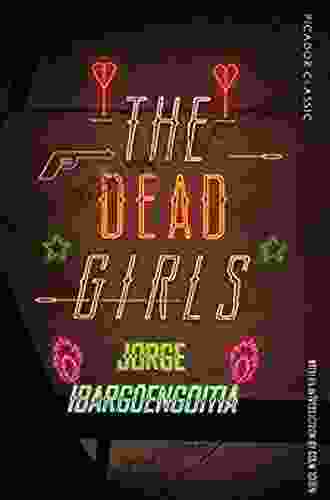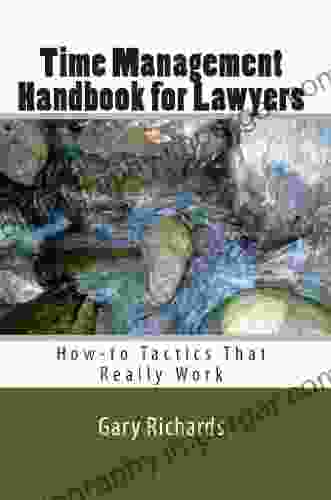Filmed Thought: Cinema As Reflective Form: Exploring the Interplay of Subjectivity and Objectivity in the Moving Image

In the realm of cinema, the moving image holds an unparalleled power to capture and reflect the complexities of human experience. Filmed Thought: Cinema As Reflective Form delves into the intricate dance between subjectivity and objectivity within this captivating medium, challenging traditional notions of representation and truth.
4.9 out of 5
| Language | : | English |
| File size | : | 23540 KB |
| Text-to-Speech | : | Enabled |
| Screen Reader | : | Supported |
| Enhanced typesetting | : | Enabled |
| Word Wise | : | Enabled |
| Print length | : | 312 pages |
| Lending | : | Enabled |
Unveiling the Subjective Lens
Cinema, by its very nature, is a subjective art form. It is shaped by the unique perspectives and experiences of the filmmakers, who serve as the conduits through which the audience perceives the world on screen. Through their creative choices, from camera angles to editing techniques, directors craft a narrative that is inherently filtered through their own subjective lens.
Consider the iconic film Citizen Kane. Director Orson Welles's use of deep focus cinematography, innovative editing, and complex characterization invites the audience into the subjective world of Kane, allowing them to experience his triumphs and tragedies through his own eyes.
Embracing Objective Truths
While cinema may be inherently subjective, it also has the capacity to convey objective truths. Through careful observation and documentation, documentary filmmakers can capture the world as it is, revealing hidden realities and shedding light on important issues.
The power of documentary filmmaking is evident in films like An Inconvenient Truth and Searching for Sugar Man. These documentaries present compelling evidence and personal narratives, providing viewers with a deeper understanding of complex social and environmental issues.
The Interplay of Subjectivity and Objectivity
The interplay between subjectivity and objectivity is a defining characteristic of cinema. By combining these two elements, filmmakers can create works that are both deeply personal and universally resonant.
The film Boyhood, directed by Richard Linklater, is a poignant example of this delicate balance. Shot over a period of 12 years, the film follows the life of a young boy as he grows into manhood. Through the use of long takes and naturalistic performances, Linklater captures the subjective experiences of the characters while also providing an objective window into the passage of time.
Challenging Traditional Notions
Filmed Thought: Cinema As Reflective Form challenges traditional notions of representation and truth in cinema. It argues that the moving image is not merely a window onto the world but rather a complex and multifaceted medium that reflects the subjective and objective experiences of both the filmmakers and the audience.
By understanding the interplay between subjectivity and objectivity, we can gain a deeper appreciation for the power and significance of cinema. It is in the fusion of these two elements that the moving image transcends mere entertainment and becomes a profound art form that shapes our perceptions of ourselves and the world around us.
Filmed Thought: Cinema As Reflective Form is an essential read for anyone interested in exploring the complexities of the moving image. It challenges our understanding of representation and truth, inviting us to embrace the interplay between subjectivity and objectivity as a defining characteristic of cinema.
4.9 out of 5
| Language | : | English |
| File size | : | 23540 KB |
| Text-to-Speech | : | Enabled |
| Screen Reader | : | Supported |
| Enhanced typesetting | : | Enabled |
| Word Wise | : | Enabled |
| Print length | : | 312 pages |
| Lending | : | Enabled |
Do you want to contribute by writing guest posts on this blog?
Please contact us and send us a resume of previous articles that you have written.
 Book
Book Novel
Novel Page
Page Chapter
Chapter Text
Text Story
Story Genre
Genre Reader
Reader Library
Library Paperback
Paperback E-book
E-book Magazine
Magazine Newspaper
Newspaper Paragraph
Paragraph Sentence
Sentence Bookmark
Bookmark Shelf
Shelf Glossary
Glossary Bibliography
Bibliography Foreword
Foreword Preface
Preface Synopsis
Synopsis Annotation
Annotation Footnote
Footnote Manuscript
Manuscript Scroll
Scroll Codex
Codex Tome
Tome Bestseller
Bestseller Classics
Classics Library card
Library card Narrative
Narrative Biography
Biography Autobiography
Autobiography Memoir
Memoir Reference
Reference Encyclopedia
Encyclopedia Etienne Gilson
Etienne Gilson Jochen Burgtorf
Jochen Burgtorf Lauren E Talalay
Lauren E Talalay William Mckeever
William Mckeever Gabriele Schwab
Gabriele Schwab Gail Dickert
Gail Dickert Fritz Lucke
Fritz Lucke Fabian Morales
Fabian Morales Steve F Anderson
Steve F Anderson Frank Hyman
Frank Hyman Marina Delio
Marina Delio Gary Rivlin
Gary Rivlin Sebastian Seung
Sebastian Seung Eugene Rogan
Eugene Rogan Skyler Irvine
Skyler Irvine Richard Louv
Richard Louv Fred Anthony Mann
Fred Anthony Mann Stephen O Connor
Stephen O Connor Francis Sydney Marvin
Francis Sydney Marvin Fiona Broadley
Fiona Broadley
Light bulbAdvertise smarter! Our strategic ad space ensures maximum exposure. Reserve your spot today!
 Charlie ScottFollow ·13.6k
Charlie ScottFollow ·13.6k Robert HeinleinFollow ·6.4k
Robert HeinleinFollow ·6.4k Devin RossFollow ·16.4k
Devin RossFollow ·16.4k Langston HughesFollow ·16.9k
Langston HughesFollow ·16.9k Michael ChabonFollow ·5.4k
Michael ChabonFollow ·5.4k Roald DahlFollow ·19.5k
Roald DahlFollow ·19.5k Harold BlairFollow ·13.7k
Harold BlairFollow ·13.7k John GreenFollow ·8k
John GreenFollow ·8k
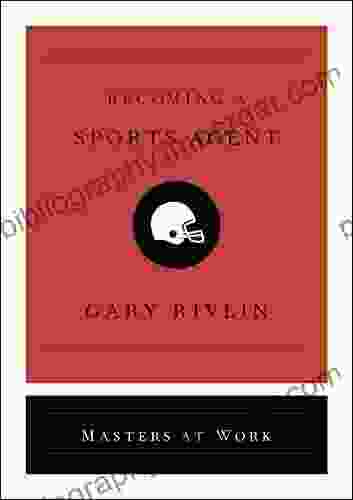
 Alexander Blair
Alexander BlairBecoming Sports Agent Masters At Work: The Ultimate Guide
What is a Sports...
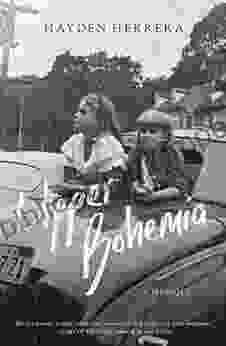
 Xavier Bell
Xavier BellUnveiling the Enchanting World of Upper Bohemia: A Review...
A Captivating...

 Chris Coleman
Chris ColemanUnveiling the Secrets: Extreme Rapid Weight Loss Hypnosis...
In the relentless pursuit of a slimmer,...
4.9 out of 5
| Language | : | English |
| File size | : | 23540 KB |
| Text-to-Speech | : | Enabled |
| Screen Reader | : | Supported |
| Enhanced typesetting | : | Enabled |
| Word Wise | : | Enabled |
| Print length | : | 312 pages |
| Lending | : | Enabled |


